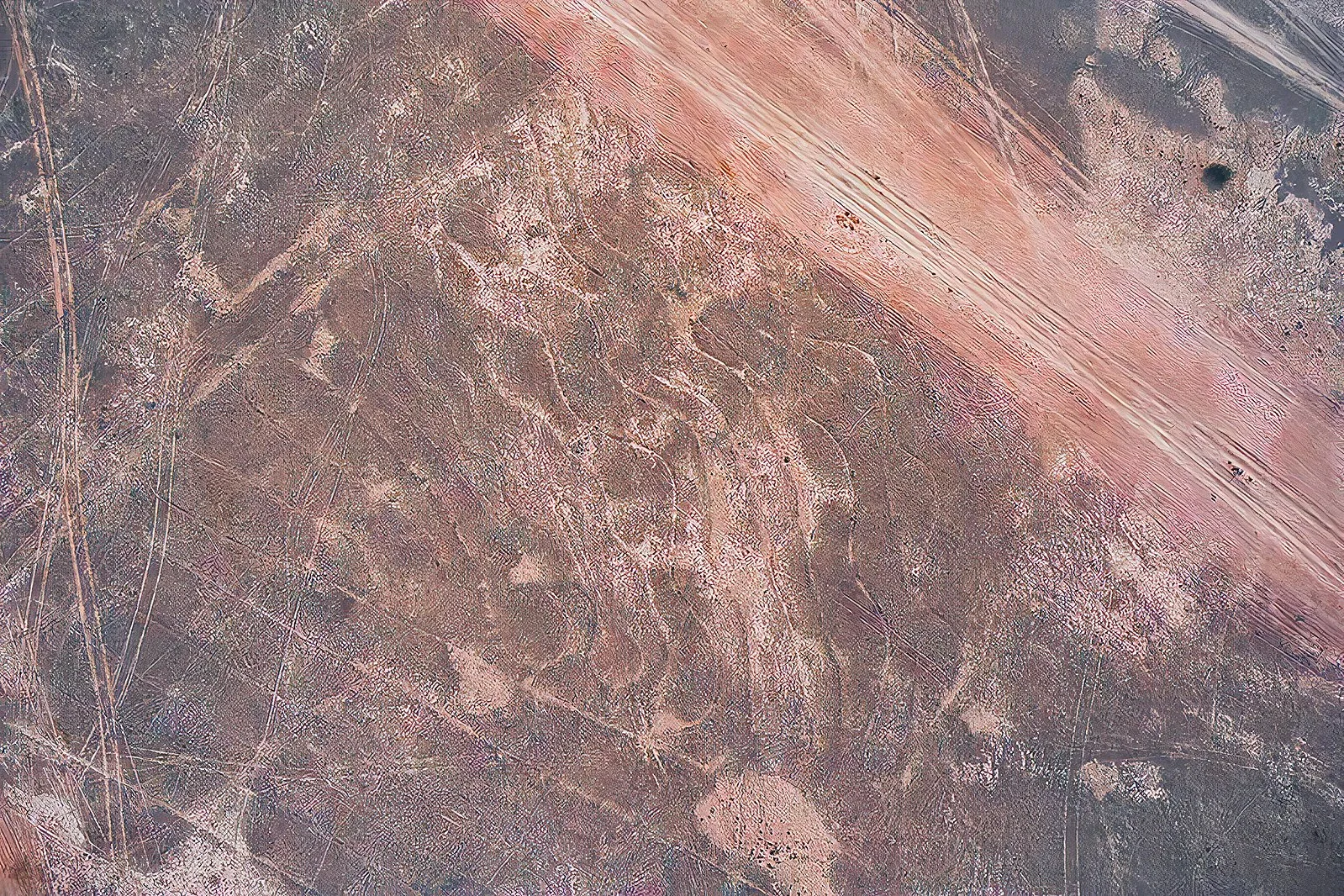With the discoveries and declaration of numerous geoglyph sites as protected monuments across India, the country has found a place on the global geoglyph map, alongside sites like Chile’s Atacama Giant and Peru’s Nazca Lines.
Under the Maharashtra Ancient Monuments and Archaeological Sites and Remains Act of 1960, the Maharashtra government recently declared 1,500 geoglyphs across 70 locations in a 210 square-kilometre area of Ratnagiri district as ‘protected monuments’. These geoglyphs, spread across the Konkan region, date back to prehistoric times, possibly to the Mesolithic period (around 20,000 to 10,000 years ago). Through anthropomorphic and zoomorphic designs, these artworks reflect complex interactions between humans, their environment, and the ancient ecosystem.
This recognition was hard-earned. It took over two decades for local residents to embark on a remarkable citizen archaeology initiative, discovering more than 45 sites before the government’s involvement.
Today, with about 52 sites containing 1,500 geoglyphs along the 900 km Konkan coastline, this effort is significant. The declaration of these sites as protected monuments and other similar discoveries across India puts the country on the global geoglyph map.
These findings suggest that even in prehistory, the Indian subcontinent was part of global cultural trends. The local population played a key role in preserving geoglyphs, which were a widespread phenomenon in ancient times.
What are Geoglyphs?
Geoglyphs are large designs made on the earth’s surface by removing rock, sand, soil, and stones. These designs can be naturalistic or abstract and are often visible from a distance, demonstrating an understanding of proportions and mathematics. Geoglyphs are created using either additive or subtractive techniques. The additive technique involves piling debris or stones to form an outline, while the subtractive technique removes the upper layer of earth to reveal the layer beneath.
These geoglyphs can depict anthropomorphic (human), zoomorphic (animal), or geometric shapes. Some may represent complex abstract images, spirals, or labyrinths that are often linked to religious or spiritual practices. They are culturally significant and have lasted for millennia.
Geoglyphs have been found in Europe, the Americas, Australia, Africa, and Asia, with recent discoveries in the Near East and India. Notable examples include the Cerne Abbas Giant, the Uffington White Horse, the Atacama Giant, and the Nazca Lines.
Discovery of geoglyphs in India
For many years, India lacked known examples of geoglyphs despite its rich rock art heritage. Sites like Bhimbetka in Madhya Pradesh are famous for painted rock motifs, and Ladakh is known for its etched petroglyphs but large, abstract geoglyphs were not part of the country’s prehistoric record.
This changed in the 1980s, when Sudhir Risbud, an engineer and petroglyphs conservationist noticed abstract relief patterns on the ground, in Niwali, 15 kilometres from Ratnagiri. The discovery led to new research, uncovering a new chapter in the Konkan region’s history. Over the next 25 years, Risbud and his colleague Dhananjay Marathe found 42 geoglyphs, with support from many local volunteers. This became a prime example of citizen archaeology.
In 2012, the Maharashtra government began to recognise the importance of these geoglyphs. By 2019, 52 sites with around 1,000 geoglyphs had been recorded. The “Geoglyphs of the Konkan Region” were added to UNESCO’s Tentative World Heritage List in 2022 and were officially declared protected monuments in 2023.
Geoglyphs in India
The largest concentration of geoglyphs is found along the Konkan coastline. Jambhrun is home to 50 geoglyphs, while Kasheli has about 70 to 80 carvings, including a giant elephant outline, along with evidence of a microlithic deposit, confirming its antiquity. Other locations such as Ukshi, Devihasol, Rundhe Tali, Devache Gothane, and Kudopi also contain excellent examples. At Barsu, 62 geoglyphs form the largest known cluster in the region, with one notable depiction of a figure fending off two tigers.
Discovered in 2019 were Kollur geoglyphs in Udupi district, Karnataka. This site contains abstract geometric patterns, including inscriptions in the Tulu script. These geoglyphs are still being studied but they suggest a cultural connection between early human settlements and the region’s historic linguistic heritage.
Recently geoglyphs were discovered in Medchal-Malkajgiri, Telangana. The site dates back to the Iron Age, around 3,000 years ago. They include circular patterns, potentially used for ritualistic or cultural purposes.
The World’s Largest Geoglyph
In 2021, a paper published in Archaeological Research in Asia by French researchers Carlo and Yohann Oetheimer reported eight geoglyph sites in Rajasthan’s Jaisalmer district. Using Google Earth and drone imagery, they discovered extensive geometric lines near the village of Boha. These include a giant spiral and a serpent-shaped design, spanning 20.8 hectares, with lines stretching over 48 km.
These geoglyphs may be the largest in the world, surpassing Australia’s Marree Man. However, they are not the oldest, as researchers believe they were created only around 150 years ago.
The discovery of geoglyphs in Rajasthan, Karnataka, and Telangana, alongside the Konkan sites, marks the beginning of a new era in Indian archaeology. Researchers are still working to understand their chronology and cultural significance, but these findings have opened new avenues for research.
